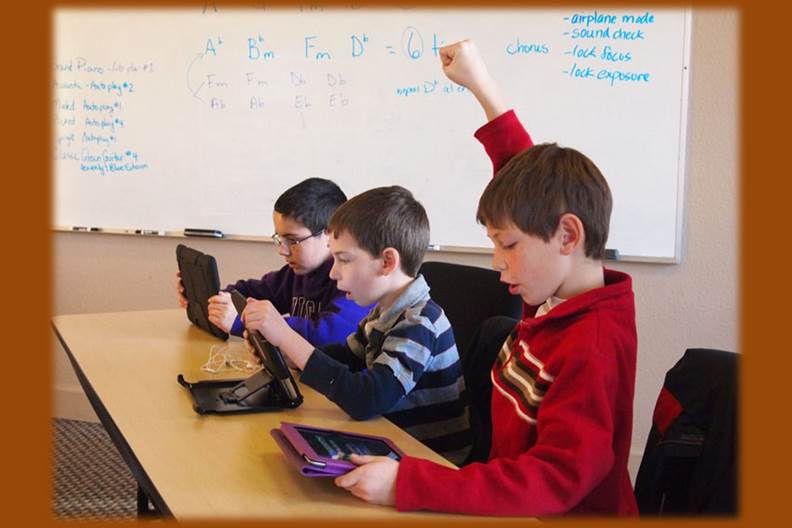With increasingly popularity of Flipped learning approach, this kind of learning approach is being widely utilized in special education as well, and results of which have been phenomenal.
Well, flipped learning has a resounding impact on special education, because it applies personalized learning model, It is a fundamental feature of this kind of education system.
In special education, the teacher modifies the lesson plans as per the requirements of the specially- abled student. Similar approach is applied by teachers when applying flipped learning process. The main feature of flipped approach is to take into consideration the unique needs of the students that was never a consideration in the traditional learning approach. It is an extremely important element to be considered while imparting special education
In the Flipped model, students make use of the pre-recorded guide on the lesson and then proceed on to completion of assignment. The pre-recorded instruction in flipped classroom is given through online modality to help them grab concepts in a more relaxed environment that is different for each learner. Again such a key element of this kind of learning process is very essential to cater special education to differently abled students.
In order to cater to the face to face interactions, flipped learning can support differently abled learners in one classroom and allow the students to perform interactive activities and make effective use of the time in the classroom. And back at home, learners can access the pre-recorded guide on the lessons as many times as they want to view it for understanding purpose. So if it is executed well, flipped learning can support differently abled learners’ needs
Advantages of Flipped Learning on Special Education
- Flipped Learning can provide students of Special education a greater chance to reach higher level of expectations and goals. Students get a chance to prepare for the lesson in advance and can learn and grow in a free and less controlled teaching model.
- For the autistic students, flipped learning approach supports students with learning disabilities. Most of the students with such issue have expressive and receptive language delays and get distracted in the classroom easily. So for this section of the students, in flipped learning approach, the teacher accommodates and modifies the lessons as and when they navigate through their assignments.
- With flipped learning approach, special students in need of special education can learn at their own pace. They can make use of the pre-recorded lectures or other digital learning content at home as many times as they want and at their own convenient time. Such facility gives the students control on their learning environment.
- The students with some kind of physical challenge are prone to missing classes for special reasons related to their health. But with the help of flipped learning, these students can access the pre-recorded lessons and stay tuned with the curriculum even when they miss out classes.
- In flipped learning environment the educators do less of talking and spent more time in helping the students with assignments or answering to their queries. Thus, it allows the teacher to stay more involved with the students and focus more time on observation plus one-to-one mentorship as and when required.
Get a glimpse of this from the video as an educator talks on how she started with flipped learning in her class and what was the result of such a change.
Hence with flipped learning special education becomes more interactive, engaging and conducive for the students as well as the educators; compared to traditional model of teaching in special education. Are your views the same? So what do you think about it, please let us know on it by sharing your comment on the same.
